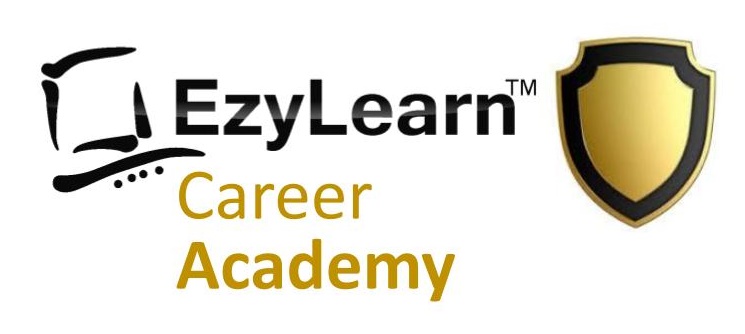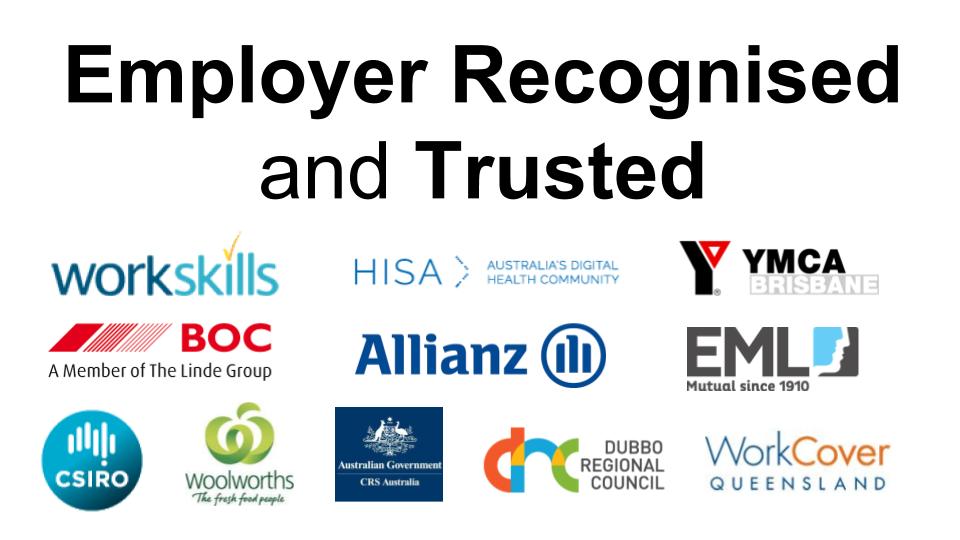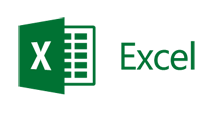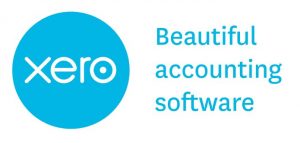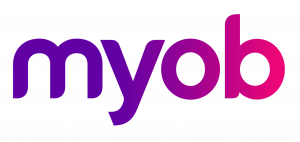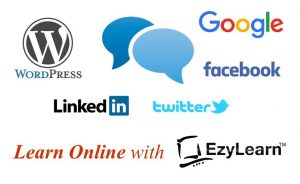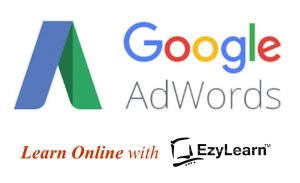At EzyLearn, we’re committed to helping students of our MYOB courses gain employment as a MYOB bookkeeper or even start their own bookkeeping business; it’s why we provide you with lifetime access to our MYOB training courses as part of our commitment to continuing professional development.
We recently wrote posts about the service, Banklink, (generally used far and wide except by the Bank of Queensland) and since then we’ve heard back from a couple of our readers, who told us about some of the problems they’ve experienced trying to use BankLink with their bank account.
Banklink and Credit Card Issues
We spoke to one reader, Anton Prinsloo, who owns and operates CSTAY Budget Holiday Accommodation at Magnetic Island, off the Townsville Coast. Anton uses the Bank of Queensland for his business banking, and as part of his business strategy uses his credit card for all of his business purchases.
Anton has found that while the BankLink service “beautifully reconciles my everyday business account, BankLink doesn’t work with my credit card.” Anton later discovered that the reason BankLink doesn’t work with his credit card is because in 2007 the Bank of Queensland transferred its credit card service to Citibank.
According to BOQ Managing director, David Liddy, the decision to transfer BOQ’s credit card service to Citibank was “part of Bank of Queensland’s ongoing strategy to provide its customers with the best in access and customer service, while providing the full range of finance products.”
“Bank of Queensland customers will continue to have the advantages of a BOQ card, but with greater support, better product range, and more extensive national and international systems,” Liddy said of the deal in 2007.
However, as Anton found out, the Citibank-provided BOQ credit card doesn’t offer the same advantages as a BOQ card would have, as it can’t be used with BankLink because it’s a service provided by Citibank.
“I contacted Citibank to see if I could get BankLink from them, but because they don’t hold the account they’re not able to offer this service to me,” Anton told us, adding, “I get the feeling they have no intention to even try to resolve this issue, either.”
For Anton and, we imagine, many other business owners who bank with BOQ, this adds upwards of three hours to his reconciliation process using what he calls “half technology”.
Issues with the NAB
But BOQ isn’t alone. The National Australia Bank requires businesses to have a debit card account that’s separate to their business account, requiring the business owner to make time-consuming journal entries in MYOB each time they transfer money from their business account to the account attached to their debit card.
***
For business owners, selecting the right bank account for your business is a decision you should make wisely. Make sure you think about how you intend to use your account and do your research before settling on any particular bank. Be extra certain to find out if your bank offers the Bank Link service and how it will work with your account, so you can save yourself the hassle of journal entries and manual reconciliation.
Thanks again to Anton who shared his story with us. If your have a story you’d like to share with us, please let us know in the comments or get in touch.
















